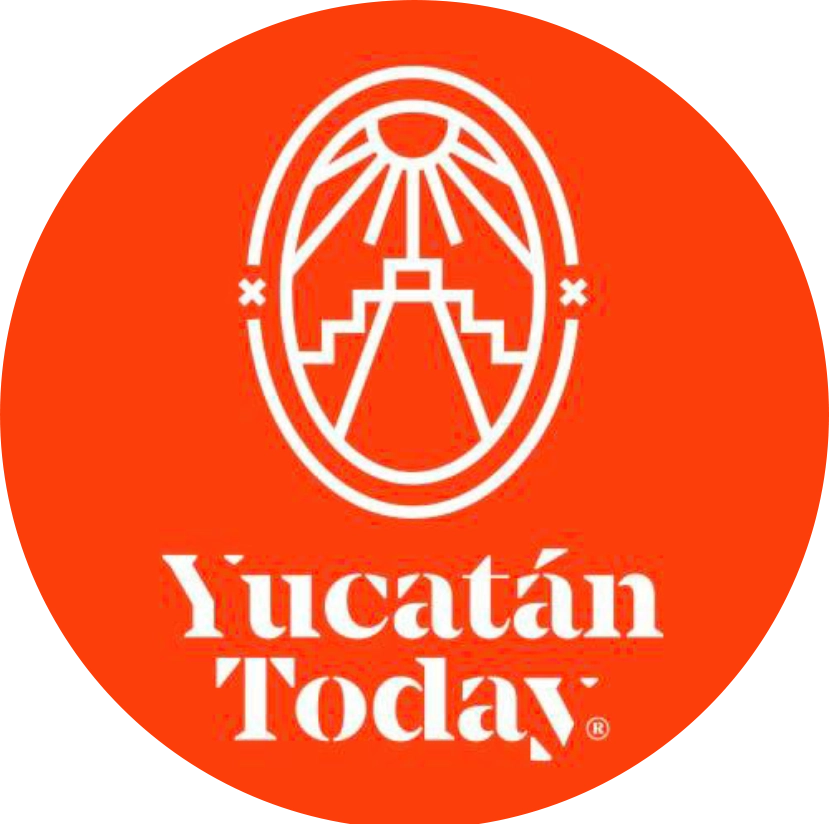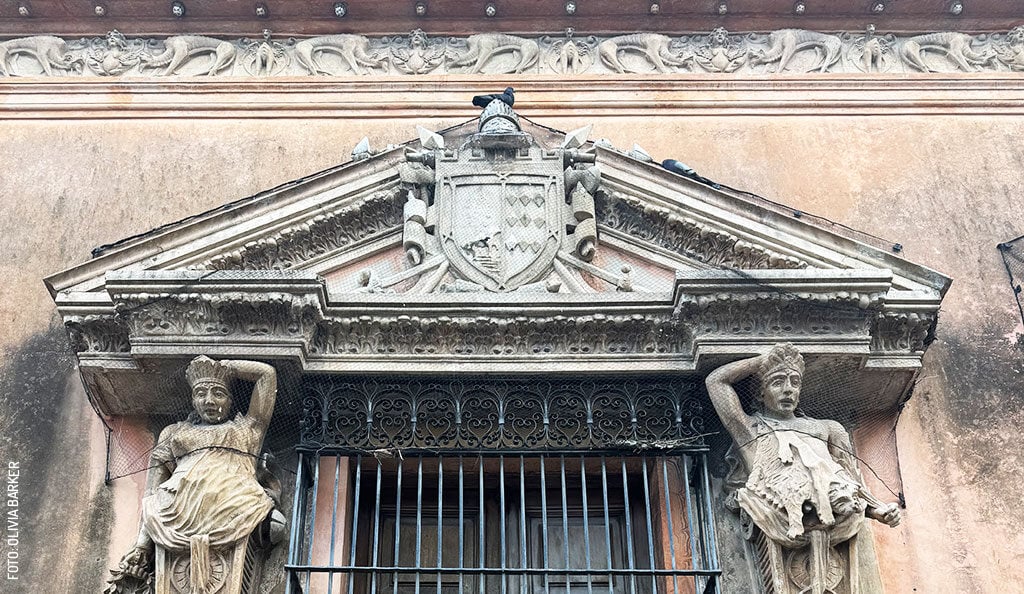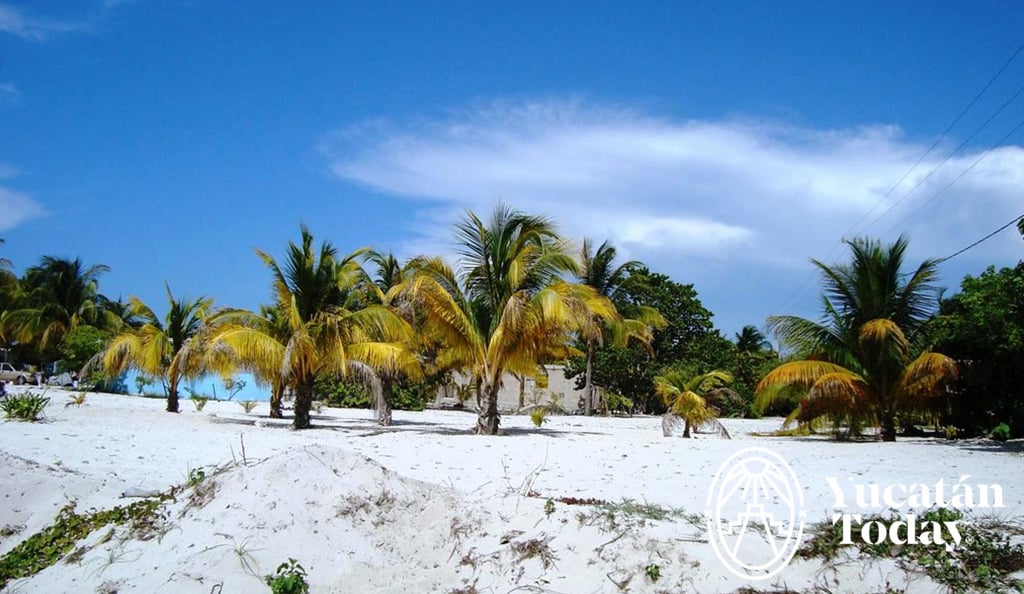From the coast of the Gulf of Mexico, through the mangrove swamps, to the scrub of the interior, Yucatán presents a variety of ecological niches. The vegetation of the state is as varied as our ecology, creating wildlife habitats and sources of food and medicine for the native people.
Dune plants of the coast form an underground network of roots that help prevent erosion by the surf. Saw palmetto, sea grape, yucca cactus, prickly pear, (tunas), sea oats, and beach morning glory all help stabilize the sand, and were all food and herbal medicine sources for the Mayas.
The mangrove swamps that grow in Yucatán’s coastal wetlands serve as natural water filters and also create an important environment for wildlife. Two mangrove species predominate: Red Mangrove and Black Mangrove. Red Mangroves form the distinctive branching prop roots that make a home for numerous aquatic animals, and are integral in catching sediment which will eventually build up new land. Black Mangroves use vertical root projections to capture oxygen. Of great ecological importance, many efforts are being made in Yucatán to preserve these ecological niches, by creating conservation areas and promoting eco-tourism.
The scrubby arid interior of Yucatán is host to many exotic plants, such as orchids and bromeliads. More than 300 varieties of orchids grow wild here, usually found anchored to tree branches. The incredibly beautiful flowers are protected, however, and should not be collected from the wild.
Bromeliads are remarkably tolerant and adaptable plants. They can be found from our seashores to the driest parts of the interior. Uniquely adapted to adverse conditions, they have scales on their leaves which are moisture absorbing organs that pull water out of the air.
Henequen, a native agave plant, became the most important cash crop of Yucatán in the early 1800’s - indeed, at one point, Yucatán was producing 90% of the rope and burlap bags in the world. Originally used by the Mayas for ropes, cables, nets, lassos, curtains, hammocks and dense fabrics, the Spanish also found they had many uses for the fiber, including ship cables and grain sacks. It became most popular, however, when it was discovered that the baling wire used for cow feed in the United States was harming cattle. The organic sisal, however, would not. Some haciendas, surrounded by a sea of spiky blue-green plants, are still in production today, as natural fibers are becoming more and more popular.
Coconut Palms grow naturally along Yucatán peninsula's beaches, but after the infestation of a disease known as lethal yellowing from the 1970s through the 1990s, the majority of groves today have been planted manually. Thriving on sandy soils, abundant sunlight, and regular rainfall, coconut palms are highly tolerant of salinity. All parts of the coconut palm are useful: the meat is used as food, coconut water provides sugar, nutrients, and electrolytes, the fiber from the husk is used to make ropes, mats, and brushes, the leaves provide materials for baskets and roofing, and palm wood from the trunk is being used as a substitute for endangered hardwoods.

Author: Yucatán Today
Yucatán Today, the traveler's companion, has been covering Yucatán’s destinations, culture, gastronomy, and things to do for 38 years. Available in English and Spanish, it’s been featured in countless travel guides due to the quality of its content.
¡Receive the latest articles and much more from the best of Yucatán in your email!
Related articles

The Caste War, or Maya Social War, of Yucatán
Discover the Yucatan Caste War (1847-1901): a Maya struggle for freedom and land, a key event in the peninsula's history.
Centuries of History in Casa Montejo
La Casa de Montejo, built between 1542 and 1549 by the orders of Don Francisco de Montejo, conqueror of the Yucatán Península




